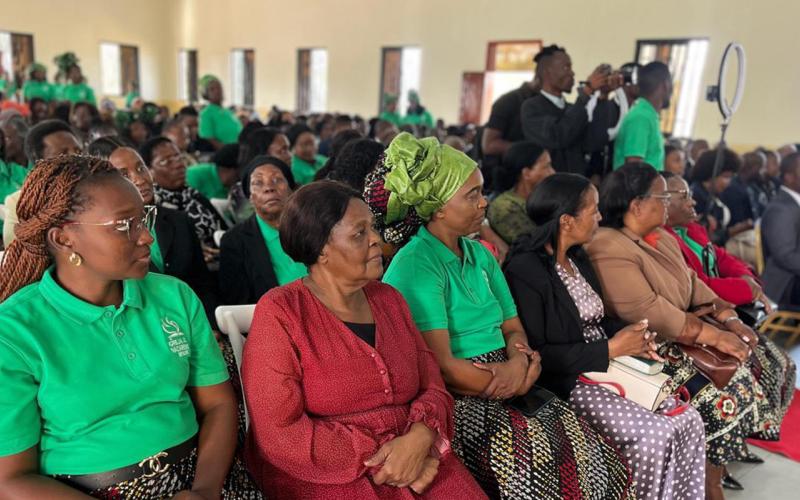
NTC-Manchester announces visiting director for Manchester Wesley Research Centre

Nazarene Theological College-Manchester announced Howard Snyder, retired professor of history and theology of mission at Asbury Theological Seminary, will step in as visiting director for the Manchester Wesley Research Centre until January 2017.
Snyder is taking on primary leadership of the MWRC from current director Geordan Hammond, who will have a reduced role with the centre for two years in order to pursue research on George Whitefield's correspondence.
Previously, Snyder was professor of Wesley studies at Tyndale Seminary in Toronto, Ontario, Canada, from 2007 to 2012 and has explored Wesley's perspective of creation care and other areas of Wesleyan theology. He is the author of The Radical Wesley: The Patterns and Practices of a Movement Maker and other books.
"Howard Snyder is a pre-eminent Wesley studies scholar and a really phenomenal churchman, so he's spent a lot of his life thinking about and helping Wesleyans shape the Church for today," said Deirdre Brower Latz, principal of NTC-Manchester. "He's a kind of prophetic scholar. To have him … consenting to be the visiting director is wonderful."
As the primary leader of the centre, Snyder will work with two administrative assistants to carry out the day-to-day work of the centre, as well as plan events and work with the centre's 11 partner institutions.
Now retired, Snyder writes from his home in Wilmore, Kentucky, USA, and serves as a research supervisor for NTC-Manchester. Taking on leadership for the Manchester Wesley Research Centre fits his lifelong interest in Wesley studies.
"I was well aware Manchester was a major centre for Wesley studies with The John Rylands Library there," Snyder said. "I'm looking forward to getting more acquainted with the John Rylands and NTC.
"I have a long interest in church renewal and revival, so I'm interested not only academically but in terms of practical things the Church can learn and needs today from Wesley and early Methodism. I was raised in the Free Methodist Church, of which I'm still a member. I have a lot of interest not only in early Methodism, but also in the holiness movement and movements with roots in Methodism and the Wesleyan witness, including the Church of the Nazarene and some Pentecostal and Charismatic groups."
Hammond is pleased Snyder agreed to the role.
"He's widely known as a respected voice amongst Wesleyan scholars and ministers who speaks effectively to academics, ministers, and laypeople," he said. "I look forward to seeing how the centre develops under his leadership."
Snyder has also served as professor of history and theology of mission in the E. Stanley Jones School of World Mission and Evangelism at Asbury Theological Seminary in Wilmore, Kentucky (1996-2006), where he still teaches or lectures occasionally, and has pastored in Chicago, Illinois, USA, Detroit, Michigan, USA and São Paulo, Brazil.
The Manchester Wesley Research Centre promotes and supports research on the life and work of John and Charles Wesley, their contemporaries in the 18th century Evangelical Revival, their historical and theological antecedents, their successors in the Wesleyan tradition, and contemporary scholarship in the Wesleyan and Evangelical tradition. This includes areas such as theology, history, biblical studies, education, ethics, literature, mission, philosophy, pastoral studies, practical theology, and social theology.
The centre is located on the campus of Nazarene Theological College-Manchester in Didsbury, Manchester, and is affiliated with the Methodist Archives, housed in The John Rylands Library. These research centres provide magnificent resources for students and researchers in this field.
--NTC-Manchester



